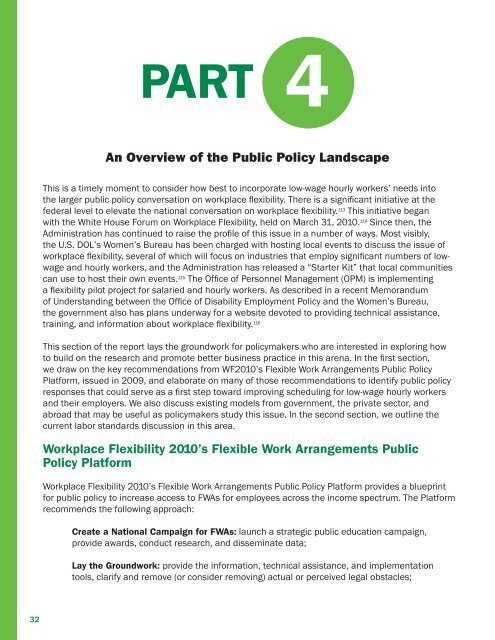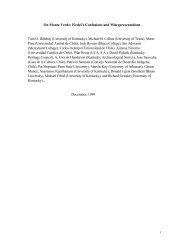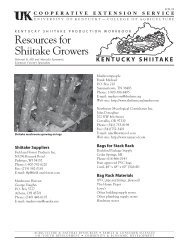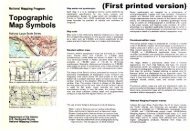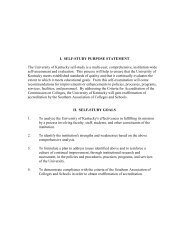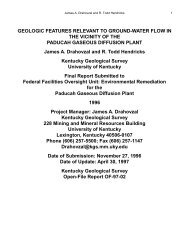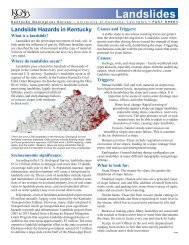Flexible Workplace Solutions for Low-Wage Hourly Workers
Flexible Workplace Solutions for Low-Wage Hourly Workers
Flexible Workplace Solutions for Low-Wage Hourly Workers
Create successful ePaper yourself
Turn your PDF publications into a flip-book with our unique Google optimized e-Paper software.
PART 4<br />
An Overview of the Public Policy Landscape<br />
This is a timely moment to consider how best to incorporate low-wage hourly workers’ needs into<br />
the larger public policy conversation on workplace fl exibility. There is a signifi cant initiative at the<br />
federal level to elevate the national conversation on workplace fl exibility. 113 This initiative began<br />
with the White House Forum on <strong>Workplace</strong> Flexibility, held on March 31, 2010. 114 Since then, the<br />
Administration has continued to raise the profi le of this issue in a number of ways. Most visibly,<br />
the U.S. DOL’s Women’s Bureau has been charged with hosting local events to discuss the issue of<br />
workplace fl exibility, several of which will focus on industries that employ signifi cant numbers of lowwage<br />
and hourly workers, and the Administration has released a “Starter Kit” that local communities<br />
can use to host their own events. 115 The Offi ce of Personnel Management (OPM) is implementing<br />
a fl exibility pilot project <strong>for</strong> salaried and hourly workers. As described in a recent Memorandum<br />
of Understanding between the Offi ce of Disability Employment Policy and the Women’s Bureau,<br />
the government also has plans underway <strong>for</strong> a website devoted to providing technical assistance,<br />
training, and in<strong>for</strong>mation about workplace fl exibility. 116<br />
This section of the report lays the groundwork <strong>for</strong> policymakers who are interested in exploring how<br />
to build on the research and promote better business practice in this arena. In the fi rst section,<br />
we draw on the key recommendations from WF2010’s <strong>Flexible</strong> Work Arrangements Public Policy<br />
Plat<strong>for</strong>m, issued in 2009, and elaborate on many of those recommendations to identify public policy<br />
responses that could serve as a fi rst step toward improving scheduling <strong>for</strong> low-wage hourly workers<br />
and their employers. We also discuss existing models from government, the private sector, and<br />
abroad that may be useful as policymakers study this issue. In the second section, we outline the<br />
current labor standards discussion in this area.<br />
<strong>Workplace</strong> Flexibility 2010’s <strong>Flexible</strong> Work Arrangements Public<br />
Policy Plat<strong>for</strong>m<br />
<strong>Workplace</strong> Flexibility 2010’s <strong>Flexible</strong> Work Arrangements Public Policy Plat<strong>for</strong>m provides a blueprint<br />
<strong>for</strong> public policy to increase access to FWAs <strong>for</strong> employees across the income spectrum. The Plat<strong>for</strong>m<br />
recommends the following approach:<br />
Create a National Campaign <strong>for</strong> FWAs: launch a strategic public education campaign,<br />
provide awards, conduct research, and disseminate data;<br />
Lay the Groundwork: provide the in<strong>for</strong>mation, technical assistance, and implementation<br />
tools, clarify and remove (or consider removing) actual or perceived legal obstacles;<br />
32


